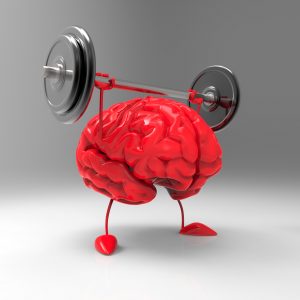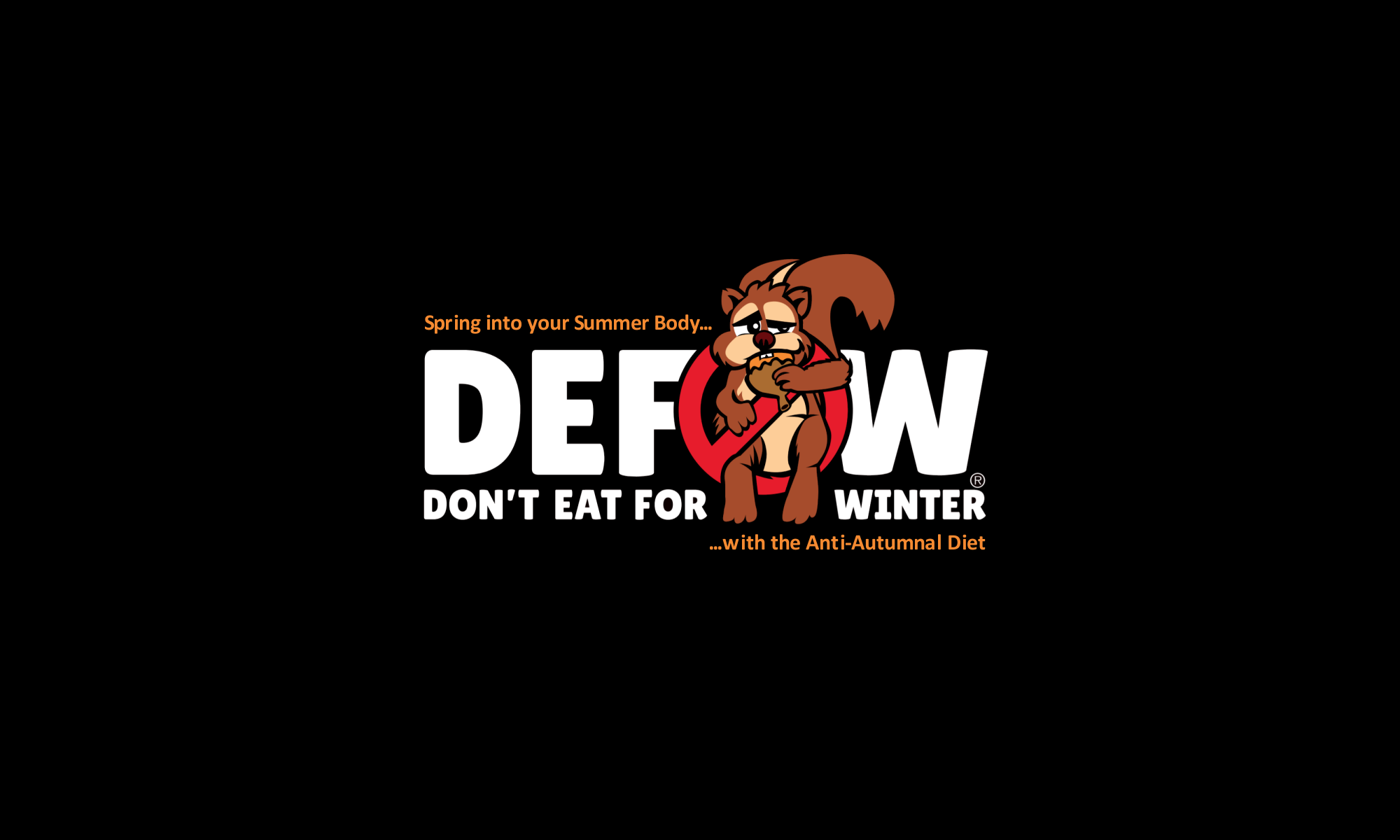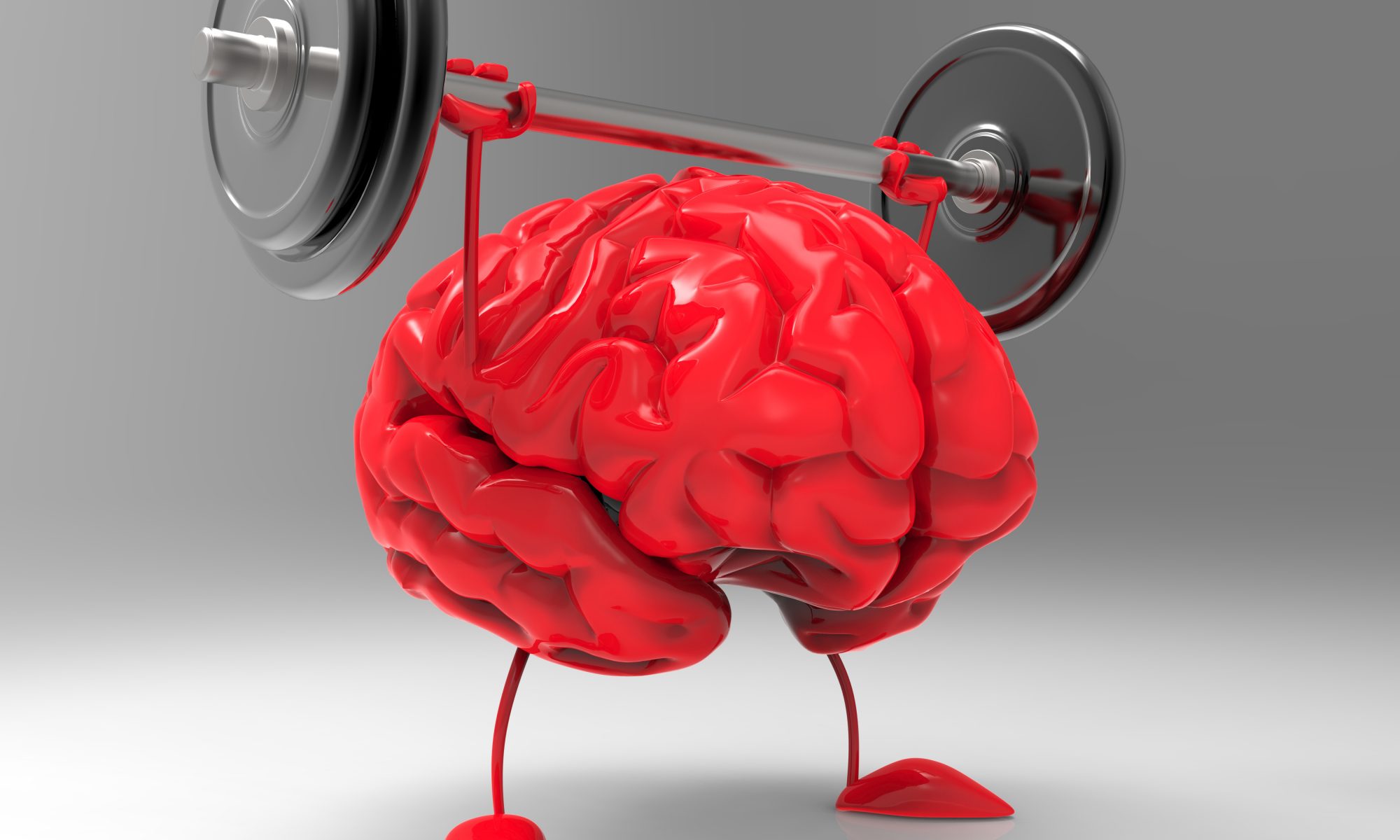 The best exercise to lose
The best exercise to lose weight fat is to exercise your mind. I’ll talk about specific exercises below, but it’s important to realise you can’t out-train a bad diet. Remember, squirrels are extremely active in autumn time, yet still put on body fat to survive winter.
It’s important also to distinguish between weight loss and fat loss. There’s no point losing weight if you’re going to lose muscle, bone mineral density or water weight. We want to focus on healthy losses of body fat, in particular visceral fat (internal fat), which tends to accumulate around the organs and pushes out the waist. Lower levels of visceral fat, typically correlates with better health.
The importance of nutrition, when it comes to fuelling up correctly, recovery and supporting other body processes (like hormones, immune system etc), should not be underestimated.
Think about:
- How much sugar energy (glucose you will burn daily) based on activity levels
- How much fat you will burn based on recovery and amount of time performing of less intense activities
- How much protein you need for repair and recovery
- Other nutrients you need to support your body (healthy fats, vitamins, minerals, hydration and sunlight to produce d3)
So how do you calculate these figures? Well the traditional way is to look at calculating your base metabolic rate (BMR) + the physical activity level (PAL) + the thermic effect of food. There are many calculators for this online to give you a base understanding of energy needs. This was typically used to calculate energy output, or calorie expenditure per day. However, we are more than just thermodynamic machines and a lot of other factors come into play too. We can still use this to calculate a rough figure however and use it more wisely than to just say “calories in/out”.
Think about your daily needs for each specific nutrient. If you’re sedentary your need for carbs is quite minimal. E.g. you work in the office and do a workout in the evenings probably means lightly active and so your base need for sugar probably doesn’t go above the lower end of the recommended DRI value of 45% of overall calories. For example on a on 2000 calorie diet, this would mean 900cals worth of carbs about 225g (1g = 4cals) worth a day (this includes all sugars, breads, pasta, potatoes, sugary fruit and veg and anything else that contains carbohydrates. Read: what are carbs article, if unsure about carbohydrates, it’s a valid question!). Most people consume a lot more carbs than this, and tend towards the upper limit of 65%, exceeding their energy requirement for this, predominantly autumnal, macronutrient. To be considered very active and tend towards the upper limit you, would need to be a physical labourer or athlete taking part in multiple exercise sessions a day.
A good average intake of protein would be about 20-30% of the diet. Typically if more active, more protein is required for recovery, especially if you wish to grow or maintain muscle tissue. The great thing about protein is the thermic effect is greater than other foods so even if you eat 600cals (125g) worth, 20% of this amount of energy is used to digest and use the food. (The average thermic effect of food is given as 10%). Personally, I think there should be no thermic effect in calculations and protein reduced to 3 calories per gram.
Fats then should make up the remainder and it’s important that you choose good fats, and avoid trans-fats. You use fat mostly when at rest or at low levels of activity and it’s critical for hormone production and absorption of vitamins A,D,E &K. Fats have 9 cals per gram and extremely easily absorbed, especially so in the presence of carbohydrates.
The key approach with DEFoW is to avoid the autumnal gorge and fat storage formula of high fats and carbs at the same time (read more about The DEFoW Diet here)
So what exercise is best to lose weight? Well, after you’ve considered the above, then you need to think about raising your metabolic rate, and the best way to do this is build a bit of muscle (which is a calorie furnace, and lowers your relative body fat percentage). It also keeps your metabolism super-charged for hours after exercise (as your body recovers and mops up glycogen to refill lost stores). You could choose resistance training, HITT, crossfit or anything where you need to lift weight or perform explosive movements that bring you to or close to failure (e.g. pushups, sprints, squat jumps, bench-press, squats with weight etc.)
I would then consider mixing up strength training with recovery cardio sessions on alternate days as a general rule (if you can fit in mobility session that is an excellent too). Cardio sessions should be slow and steady (walking, jogging, cycling, rowing, cross trainer etc.) and you will burn fat during these sessions as opposed to carbohydrates.
An hour a day would be a great target to hit for both sessions on alternate days, taking a day or two off on the weekend to get things like gardening done, or get into nature and utilize that bit of fun with your fitness, or even go dancing… just enjoy what fitness brings to your life 🙂
Latest posts by Cian (see all)
- The worst macro combination for fat loss - May 11, 2021
- Top 200 Most Fattening Foods (most autumnal) - March 19, 2020
- Is there such a thing as The Perfect Diet? - November 22, 2019

